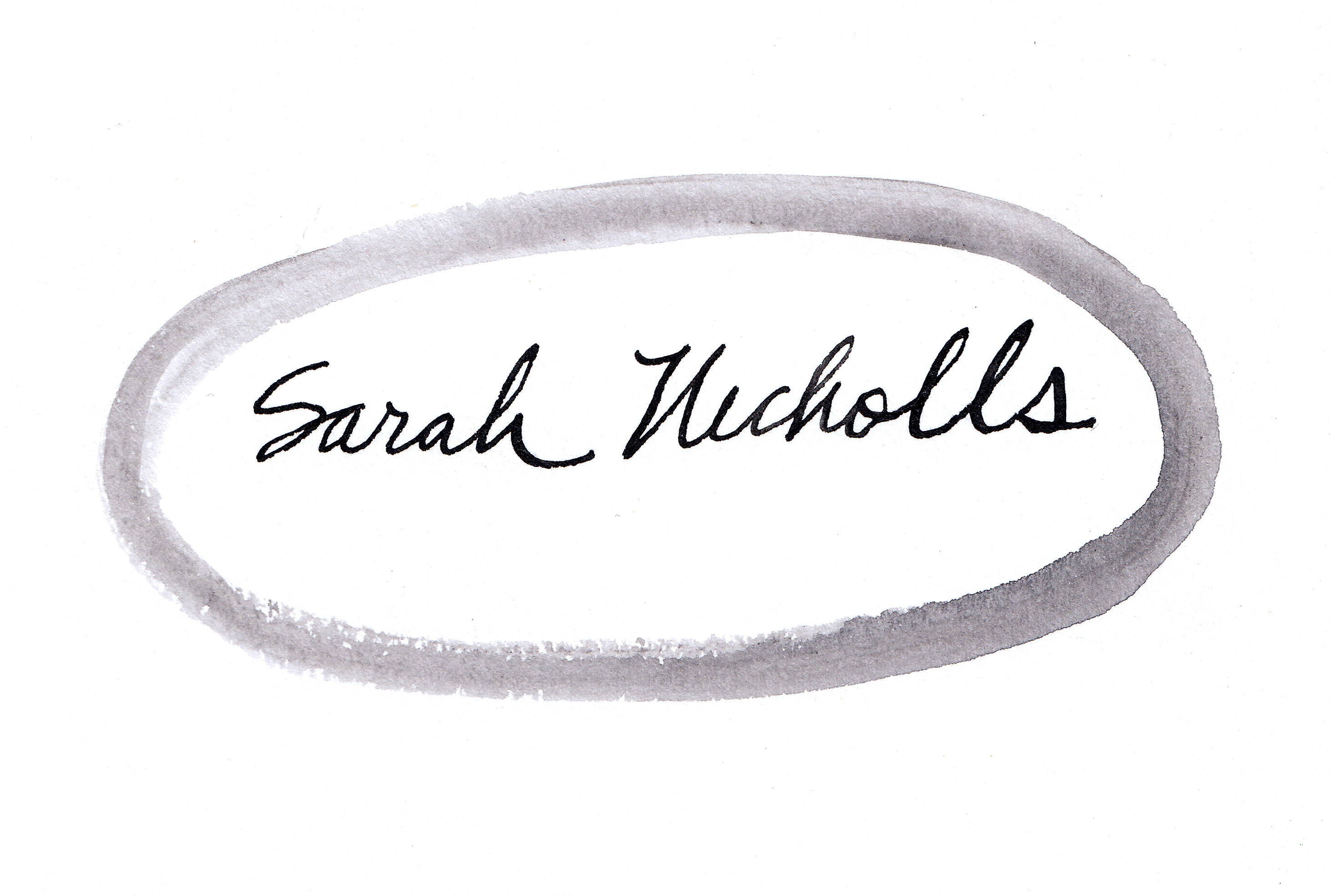Audubon

I caught the last day of the Rosemarie Trockel show at the New Museum last Sunday; not only was there a surprise collection of artist books on the fourth floor, there was also a natural history-ish installation on the second floor, which included other things made by other people that Trockel liked. Which is how I accidentally saw the above, one of the etchings made by Robert Havell for James Audubon’s Birds of America. A nice coincidence, considering I had just finished the great biography of Audubon by Richard Rhodes. Things that I’ve learned from this include:
Fights conducted by letter take a long time. Audubon started off life as a businessman, then failed, which prompted him to take off across the newly-acquired American wilderness, without his family, shooting, collecting, and drawing birds in order to produce his masterwork. Then he went off to England for several years, to find a publisher, produce the edition and to raise subscriptions for the project. His wife Lucy was amazingly supportive in the face of all of this, but inevitably the distance between them took a toll. Letters between the two could take several months to arrive, if they arrived at all and didn’t get lost along the way. Going back and forth about when and where they would live together again took years, and misunderstandings multiplied over time. If you think that email arguments are crap, just think about that.
Genius bird enthusiasts travel in style. When Audubon sailed from England to New York in 1836, he brought with him “a menagerie of 260 live birds, three pointers, and a ‘brace of tailess Manx cats’.” Only 15 birds survived the crossing, but ‘the cats are well.’
The big money has never been in bookmaking. Only about 160-170 subscribers stuck with the original project until the end, which meant that despite all his hard work, when the original edition was completed, Audubon was only slightly ahead, and still owed the printer Havell for the last 15 sets. Rhodes estimates the cost of the edition at upwards of $2 million in today’s dollars. This was all money raised by Audubon himself through subscriptions and sales he solicited himself; he received no grants or gifts.
If you have any interest in birds or natural history or American history, it’s a great book.
